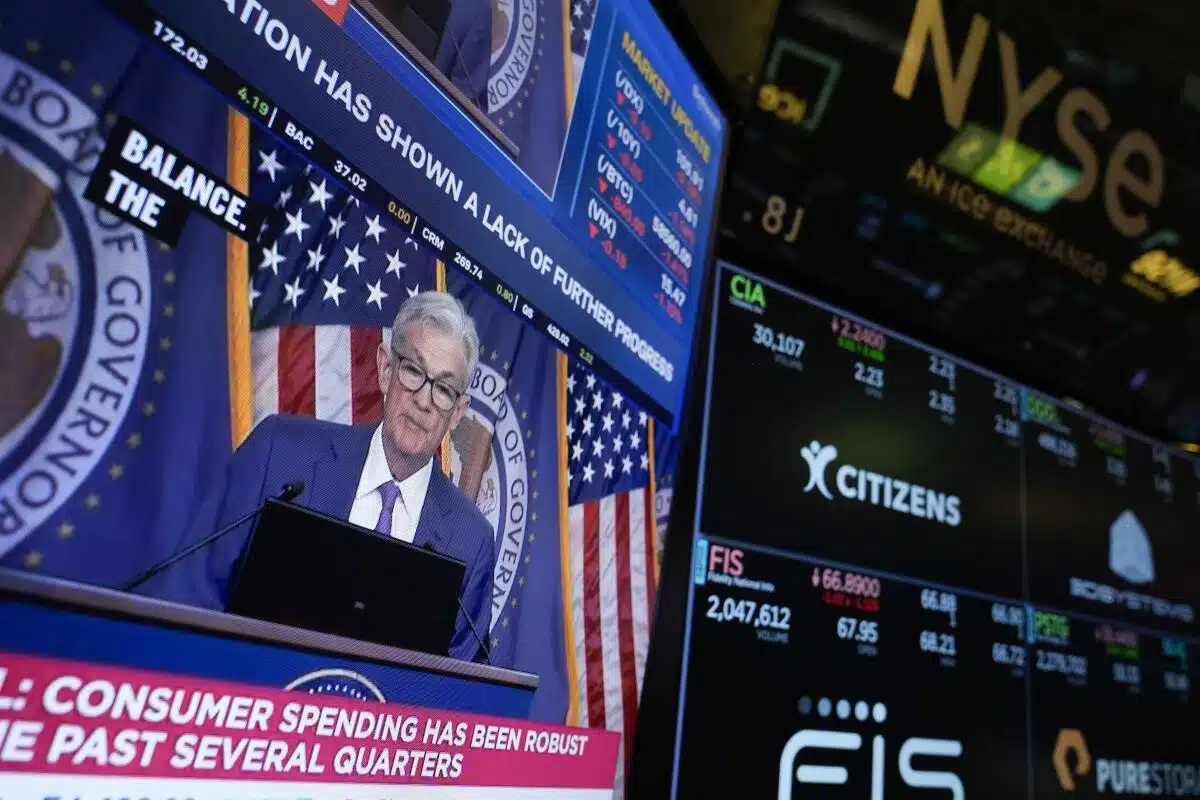In a notable move, the Federal Reserve has decreased interest rates for the first time since 2020. This decision marks the beginning of a new rate-cut cycle that aims to address economic concerns and stimulate growth.
Historic Decision Amid Economic Uncertainty
The Federal Reserve’s decision to cut interest rates is a response to ongoing economic uncertainties and a slowdown in global growth. This move is intended to provide a cushion against potential downturns and support continued economic expansion.
Details of the Rate Cut
The Federal Open Market Committee (FOMC) announced a reduction of 25 basis points, setting the new target range for the federal funds rate at 2.00% to 2.25%. This adjustment is seen as a preemptive measure to sustain economic momentum amidst various headwinds.
Reasons Behind the Rate Cut
Global Economic Slowdown
The global economy has shown signs of deceleration, with trade tensions and geopolitical risks contributing to economic instability. The Fed aims to mitigate these risks by making borrowing cheaper, which can boost spending and investment.
Inflation Concerns
Inflation has remained persistently below the Fed’s 2% target, raising concerns about the strength of the economic recovery. Lowering interest rates can help to increase inflation by encouraging consumer spending and business investments.
Domestic Economic Indicators
Although the U.S. economy has demonstrated resilience, with solid job growth and consumer spending, sectors like manufacturing and housing have shown signs of weakness. The rate cut is designed to address these vulnerabilities and promote broader economic stability.
Market Reactions
Stock Market Response
The stock market responded positively to the Fed’s announcement, with significant indices experiencing gains. Investors are optimistic that lower borrowing costs will support corporate profitability and economic growth.
Bond Market Movements
In the bond market, yields on U.S. Treasury securities declined as the rate cut led to expectations of further monetary easing. This shift reflects investor confidence in the Fed’s commitment to supporting the economy.
Investor Sentiment
Overall, investor sentiment has improved, with many viewing the rate cut as a proactive step to ensure economic stability. However, some caution remains as the effectiveness of this policy move will depend on future economic developments.
Implications for Businesses and Consumers
Business Borrowing and Investment
Lower interest rates reduce the cost of borrowing for businesses, encouraging them to invest in expansion and new projects. This can lead to higher productivity and job creation, fostering economic growth.
Consumer Loans and Mortgages
For consumers, the rate cut means lower interest rates on loans and mortgages. This can increase disposable income and boost consumer spending, which is a critical driver of economic activity.
Savings and Fixed Income Investments
On the downside, savers may face lower returns on fixed-income investments, such as savings accounts and certificates of deposit. Investors may need to seek higher-yielding opportunities to achieve their financial goals.
Future Outlook
Position of the Federal Reserve Regarding Monetary Policy
In order to determine the direction that interest rates will take in the future, the Federal Reserve has indicated that it will closely monitor economic data as well as developments on a global scale. Even though additional reductions are a possibility, the Federal Reserve continues to be adaptable and data-driven in its approach.
Economic Projections
Regarding the effects that the rate cut will have in the long run, economists are divided. Although some believe it will provide the necessary stimulus to sustain growth, some are concerned that it may have limited effects in light of the broader economic challenges that are currently being faced.
Conclusion
The Federal Reserve’s decision to cut interest rates marks a significant shift in monetary policy aimed at supporting the U.S. economy. By making borrowing cheaper, the Fed hopes to counteract global uncertainties and promote continued economic growth. The coming months will reveal the effectiveness of this strategy as the Fed remains vigilant in navigating the complex financial landscape.
This historic rate cut signals the start of a new cycle of monetary easing, reflecting the Fed’s proactive stance in addressing economic challenges. Both businesses and consumers stand to benefit from lower borrowing costs, while investors will closely watch for further policy adjustments.


